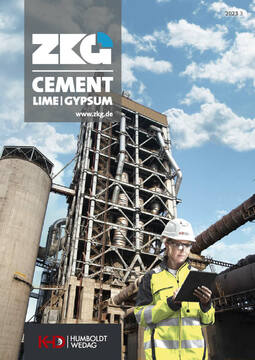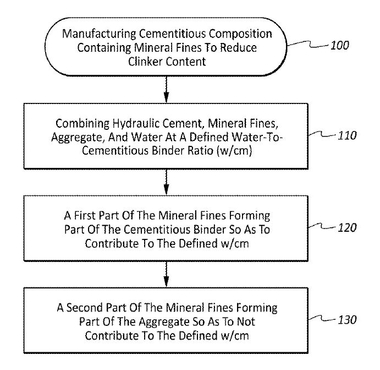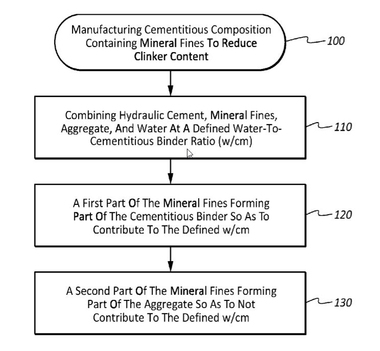Off to the future
Dear Readers, CO2 reduction is the topic that will be an integral part of the discussion on economic development in the coming years. One way is the development of new cement compositions, new hydraulic binders partly replace the cement clinker. A replacement is particularly useful if the hydraulic binder is a waste or by-product from a production process. However, the production of the continuing products is now a very highly complex process. If the cement compositions are changed, the subsequent additives from the construction chemistry must also be retested and possibly redeveloped or adapted. How this process works is described in the article by Jorg M. Schrabback (Sika) “Don’t be afraid of new cements – Experiences with sustainable semi-dry concrete technology” starting on page 46.
One of the trends to reduce the clinker factor is the replacement of clinker by calcined clays. In Saint-Pierre-La-Cour in Mayenne/France, the first line for the production of calcined clay has now gone into production. The new plant is the result of a € 40 million investment financed by the Holcim Group and winner of France Relance funding. This largescale production facility is equipped with Holcim proximA Tech technology (from page 38).
These developments would not be possible without research and development in plant engineering. In our cover story and the subsequent interview with Matthias Mersmann, Chief Technology Officer at KHD, a cement plant manufacturer describes how the cement industry can successfully move into the future, how the VDZ roadmap can be achieved by 2050, and which urgent tasks need to be researched and worked on first (page 30).
We wish you an interesting time with this issue of ZKG ...
Dr. Petra Strunk
Editor-in-Chief







